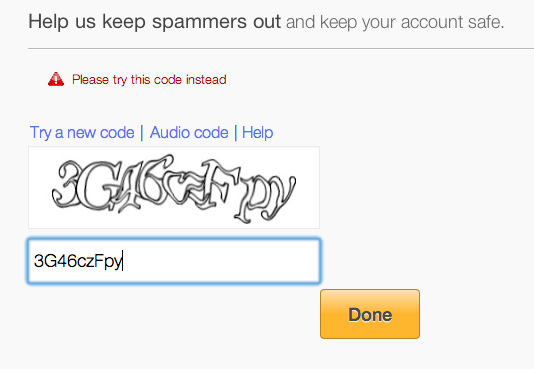When “Minimum” Trumps “Viable” – Risks of the MVP
Uncanny Owl is working on several new projects, and as a small startup, the Minimum Viable Product (MVP) model certainly has appeal. By creating and launching a basic product, companies are able to assess market interest, leverage the community to shape its future into something marketable, and minimize their risk exposure. It’s an inexpensive way to test new ideas and make sure you’re on the right track.
Unfortunately, what we’re finding is that companies are overlooking the “viable” part of the equation. The “minimum” part is certainly important to limit risk exposure and test ideas early on, but if the product doesn’t focus on the “viable” piece too, you’re going to alienate your customers and potentially kill your product while it’s still in its infancy.
 Without naming names (since we’re clients and want to develop industry relationships), we’ve noticed this a lot lately in the learning-related products we’re using. We’ll buy products with interesting feature sets, only to install them and find out they’re not working as expected or are missing key components that make the tools useless. When we follow up, we’ll get answers about how what we need is coming next month or it’s on the roadmap but there’s no ETA. It’s extraordinarily frustrating to be caught up in someone else’s MVP and only realize it’s an extremely limited MVP after cash has changed hands.
Without naming names (since we’re clients and want to develop industry relationships), we’ve noticed this a lot lately in the learning-related products we’re using. We’ll buy products with interesting feature sets, only to install them and find out they’re not working as expected or are missing key components that make the tools useless. When we follow up, we’ll get answers about how what we need is coming next month or it’s on the roadmap but there’s no ETA. It’s extraordinarily frustrating to be caught up in someone else’s MVP and only realize it’s an extremely limited MVP after cash has changed hands.
We discovered the same thing recently when we tried to standardize on a mail client for Mac. We gave Airmail a try first. Sure, we understood it was new, but it wouldn’t go up in the app store and get decent reviews if it was broken, right? Only after using it for a few weeks did we realize just how broken it is. Random crashes, disappearing emails, missing basic functionality in all other clients, etc. Weekly updates on their website with change logs for new betas further confirmed that the product just wasn’t production-ready. Rather than a loyal, engaged client who got in at the ground floor, we’re just a frustrated – and likely former – product user.
If the games market is a signal of what’s to come in the enterprise, a lot of businesses are in trouble. Until recently, game companies would give time-limited betas of their products away to get customer feedback and iron out bugs before launch. It was win-win: companies got valuable feedback and real-world data, and gamers got to try out the latest and greatest at no cost. Now, however, game companies (especially indie developers) are getting away with charging launch prices for customers to play around with alpha products. People are expected to pay for early access to broken, incomplete games that may be years away from launch, if they even get to that point. The scary thing is that the model has traction. What happens when more companies start adopting the model and releasing broken software is the new norm? After all, apparently everything is online and patches trump pre-launch QA.
If you’re a developer, please consider waiting until your products actually work before launching – broken products are only going to annoy your early users, and they tend to be the most vocal and have the most potential to help your product succeed. Give careful thought to whether the earlier cash flow is really worth risking your product’s long-term viability.







